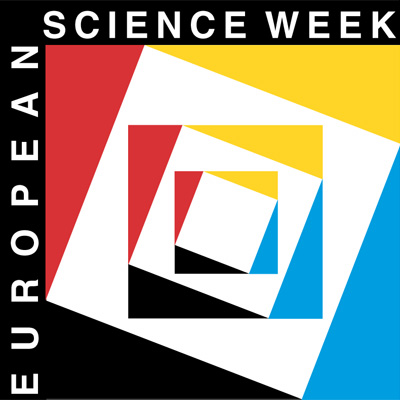

The Venus Transit 2004
... Calculation of the Astronomical Unit (AU)
An additional aspect of the VT-2004 programme, the real-time measurement of the Astronomical Unit - that is, the mean distance between the Earth to the Sun - was a great success. More than 2500 observing teams have registered and many timings of the contacts have arrived to our calculation site. On June 25, more than 3900 measurements were sent by more than 1350 teams of observers. More are still expected, until the deadline for the registration, on July 10, 2004 .
This exceptional enterprise - a coordination of a large number of telescopes and instruments all over the world - has never been attempted before and proved very successful. During the event, and after, a real-time display showed the measured astronomical unit as more data came in.
As could be expected, some contacts were easier to measure than others, and in particular, the data concerning the first contact were rather far off and the computed AU-value fluctuated as more and more observations were entered in the database. In retrospect, it appears that some observers posted their first contact measurements as if they corresponded to the third contact, making the dispersion larger than it really was. As soon as the second contact was measured, the measurement of the astronomical unit stabilized pretty close to the real value, 149.6 million km, with a dispersion of about 2 million km.
It is perhaps somewhat surprising that the obtained value is so close to the real one, therefore largely beating the uncertainty which plagued historical measurements of this fundamental unit. The average value of the Astronomical Unit deduced from the timings arrived until today, remains less than 30 000 km from the exact value. This is partly because of the large number of timings received (far exceeding the number obtained during former transits) and partly because of the chosen method. Obviously we are not in the similar conditions than the astronomers of the previous centuries since we have a better knowledge of all the parameters involved in the calculation. Moreover, in order to ensure maximum stability in this real-time calculation, it was necessary to introduce - for this particular phase of the project - scientifically more rigorous computations, within which it was assumed that the Solar parallax was the only unknown, the ephemeris being considered exact.
Another aspect which might be surprising is that the Astronomical Unit (AU) could be calculated with only one timing from on observer since the parallax calculation requires at least two distant observers. This again is related to the rigorous method used for the real-time measurement. In this, we start with a known value of the AU and we make a comparison to the theoretical value for a virtual observer placed at the centre of the Earth. This also explains why most of the observers were gratified with very accurate results.
In a next phase, a solution according to Delisle's or Halley's method will soon be attempted once all the timings have been received. This will reflect in a more realistic way the errors by individual observers. Further calculations will include the determination of the size of the Sun, of the size of Venus, etc. by means of other algorithms. This will allow gaining a complete picture of the characteristics of this large and absolutely unique database collected during this exceptional exercise. Note that observers have until July 10, 2004 to send in their timings in the VT-2004 database. This database will soon be open for everybody to use and apply their own tools or methods (see e.g. these forms or the Extended InfoSheet B4).The calculated value of the AU based on the timings submitted by observers who participate in the VT-2004 Observing Campaign is displayed in this continuously updated diagramme. (courtesy of Jonathan Normand, IMCCE).
Thank you for participating in the real-time measurement of the Astronomical Unit !
